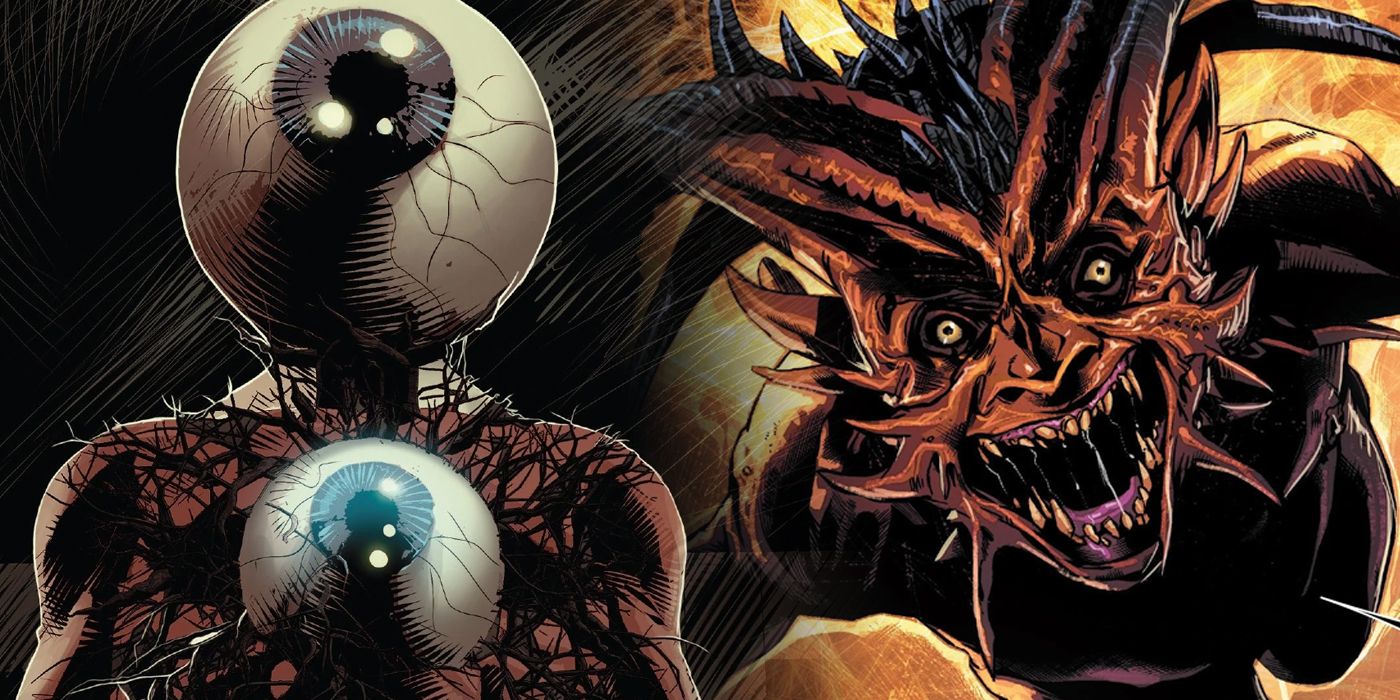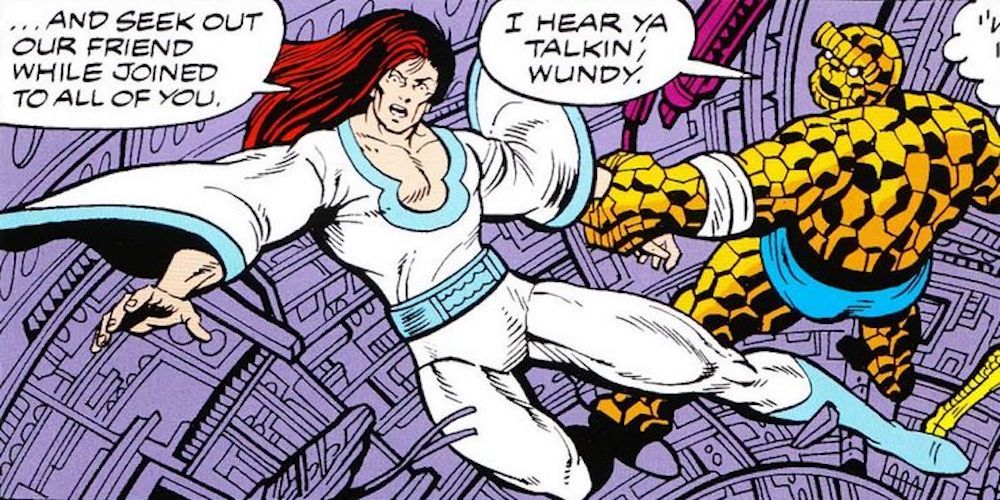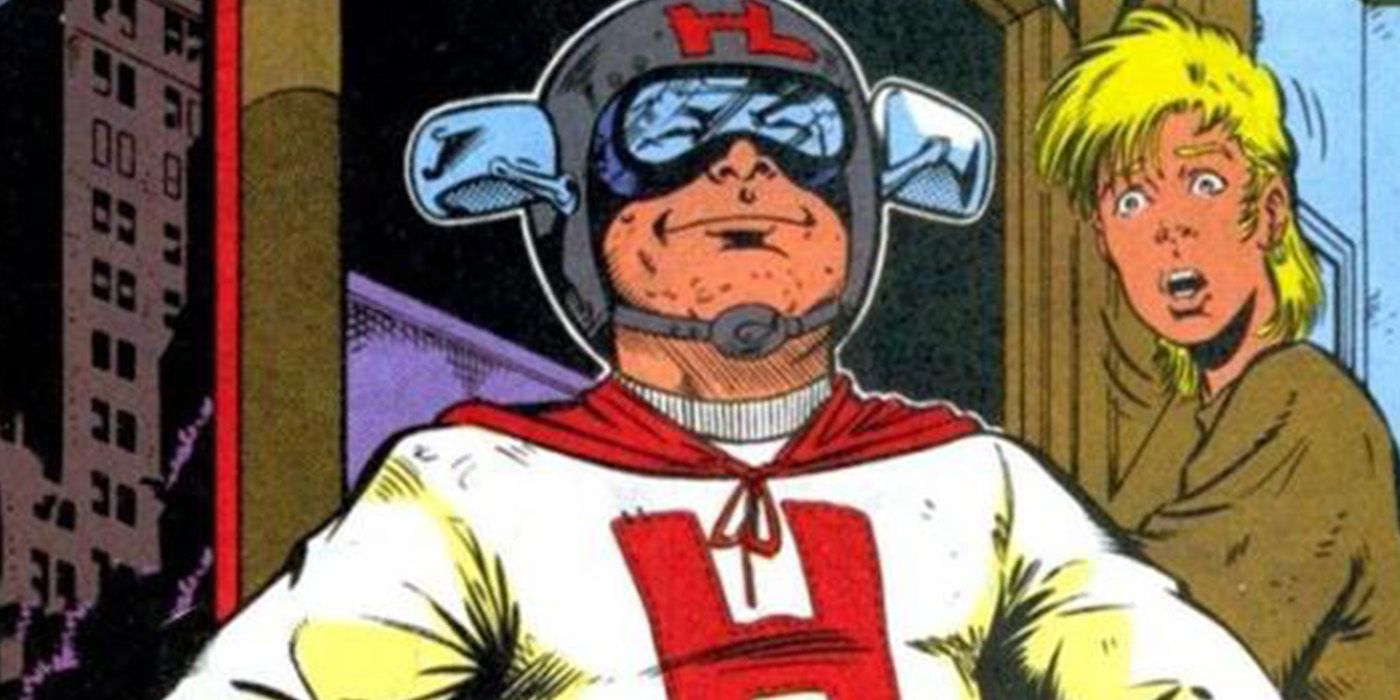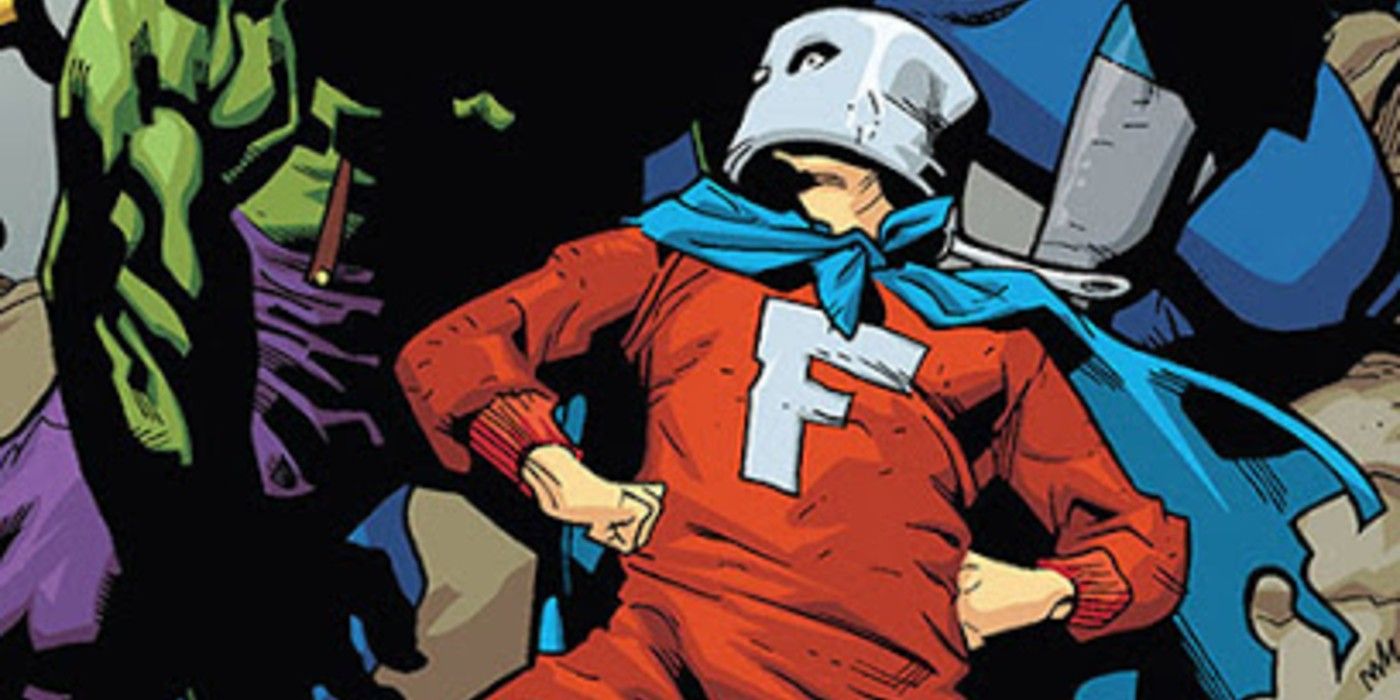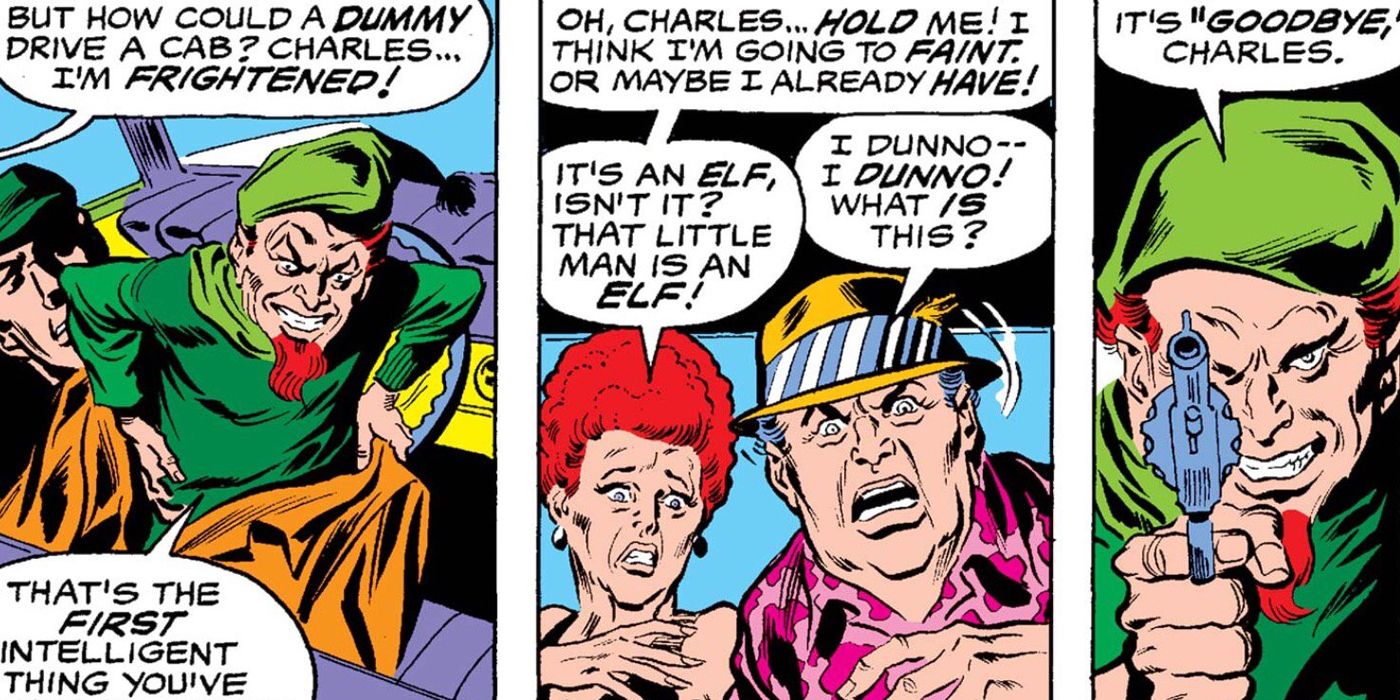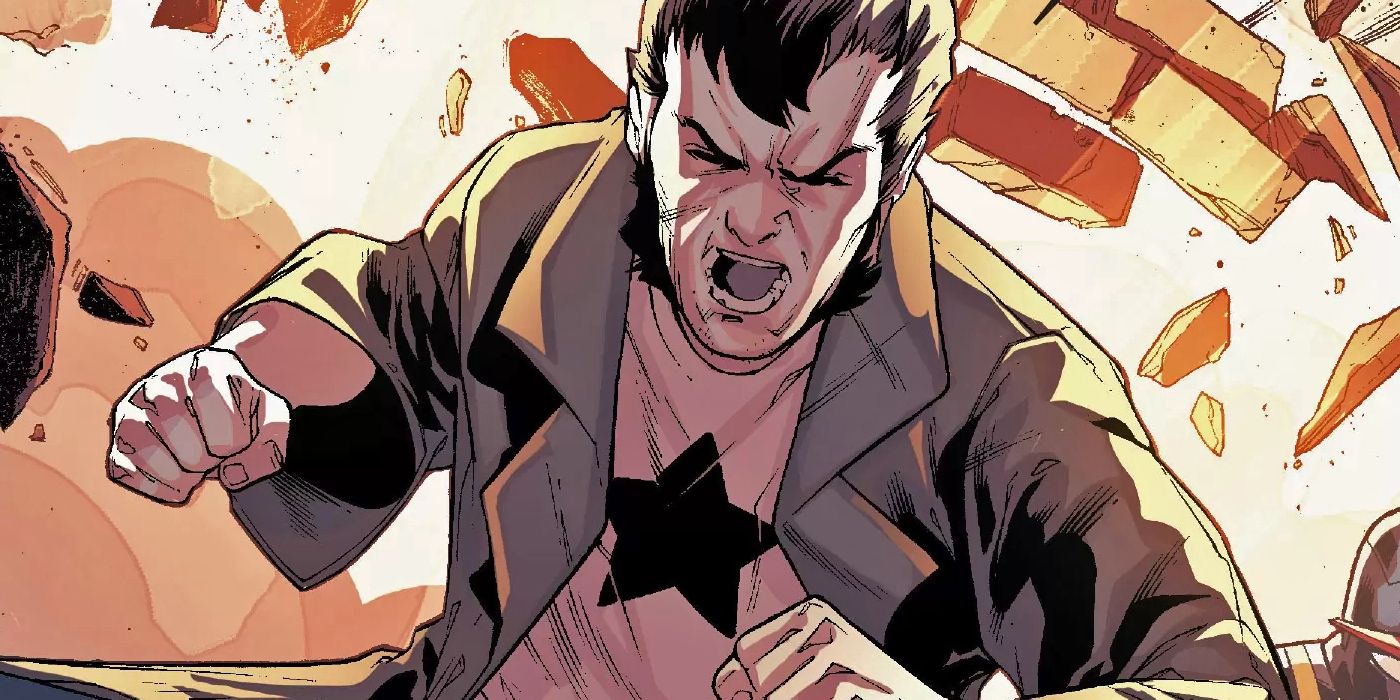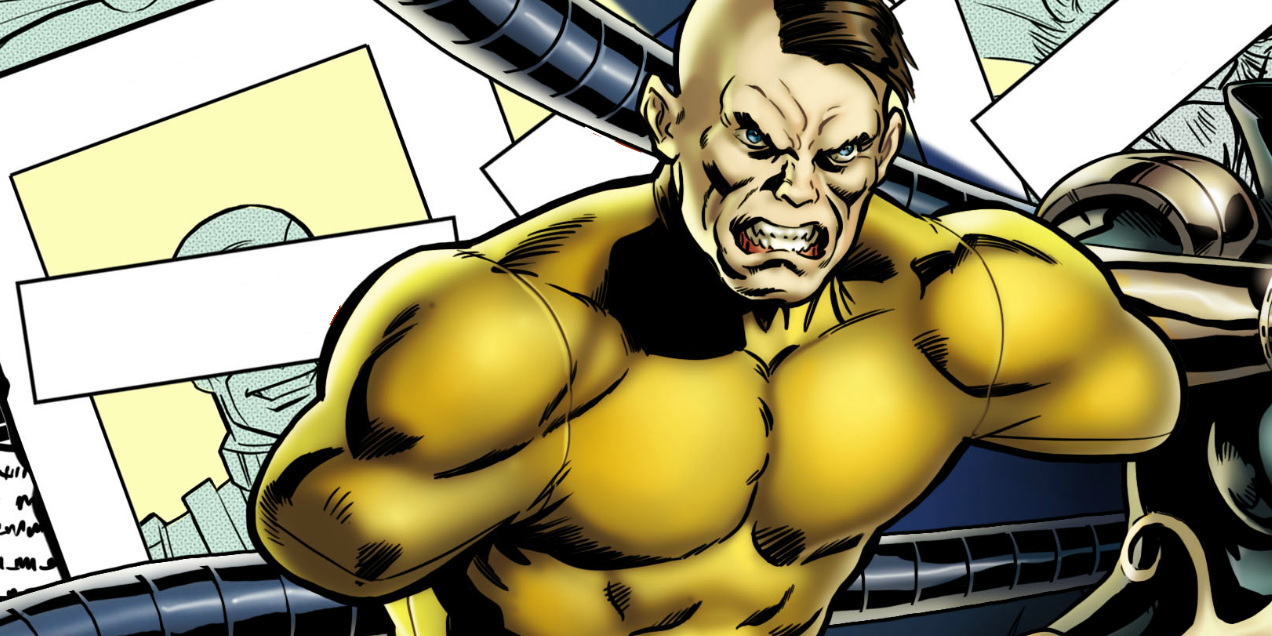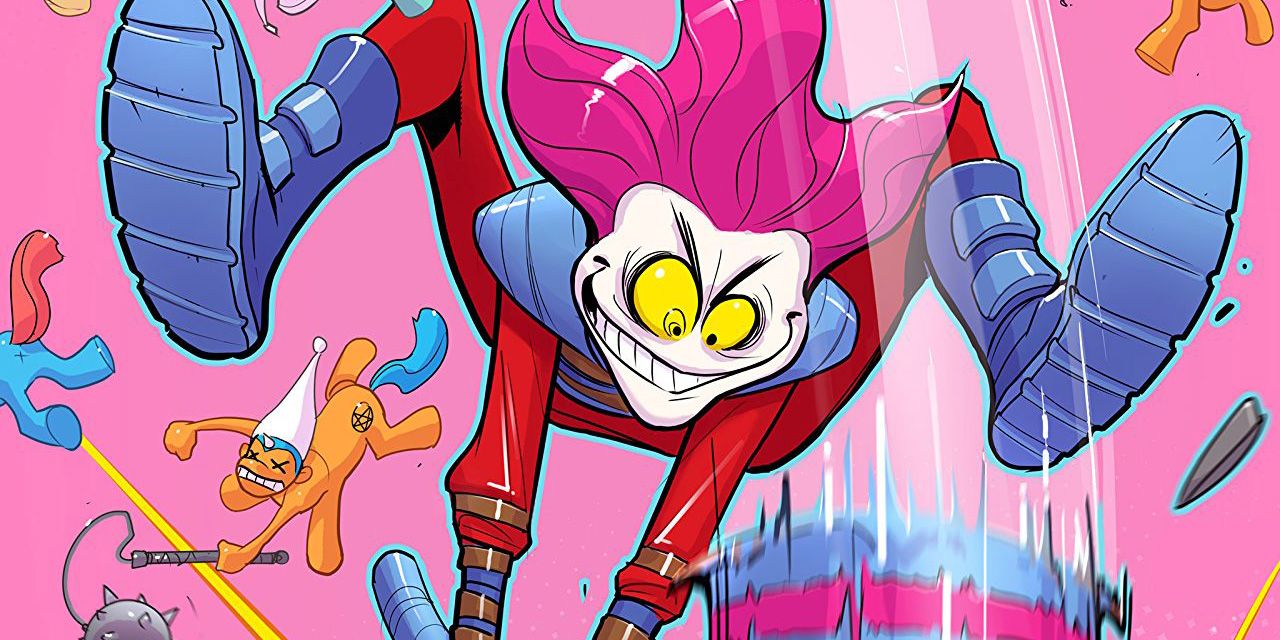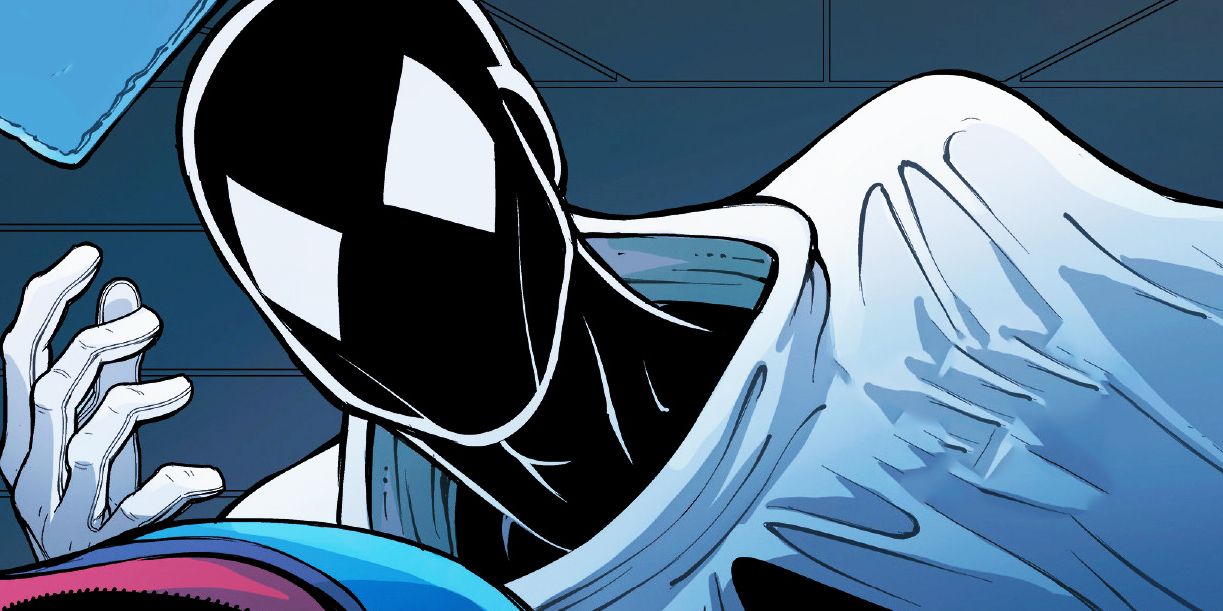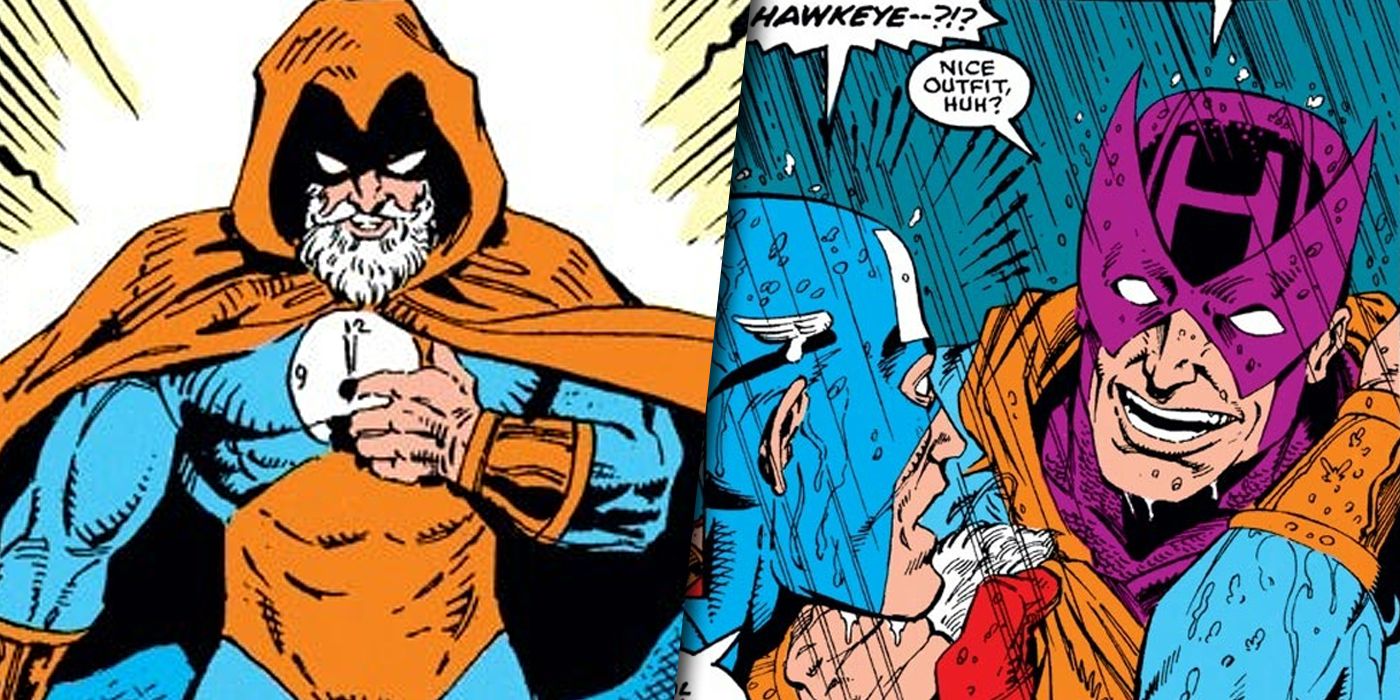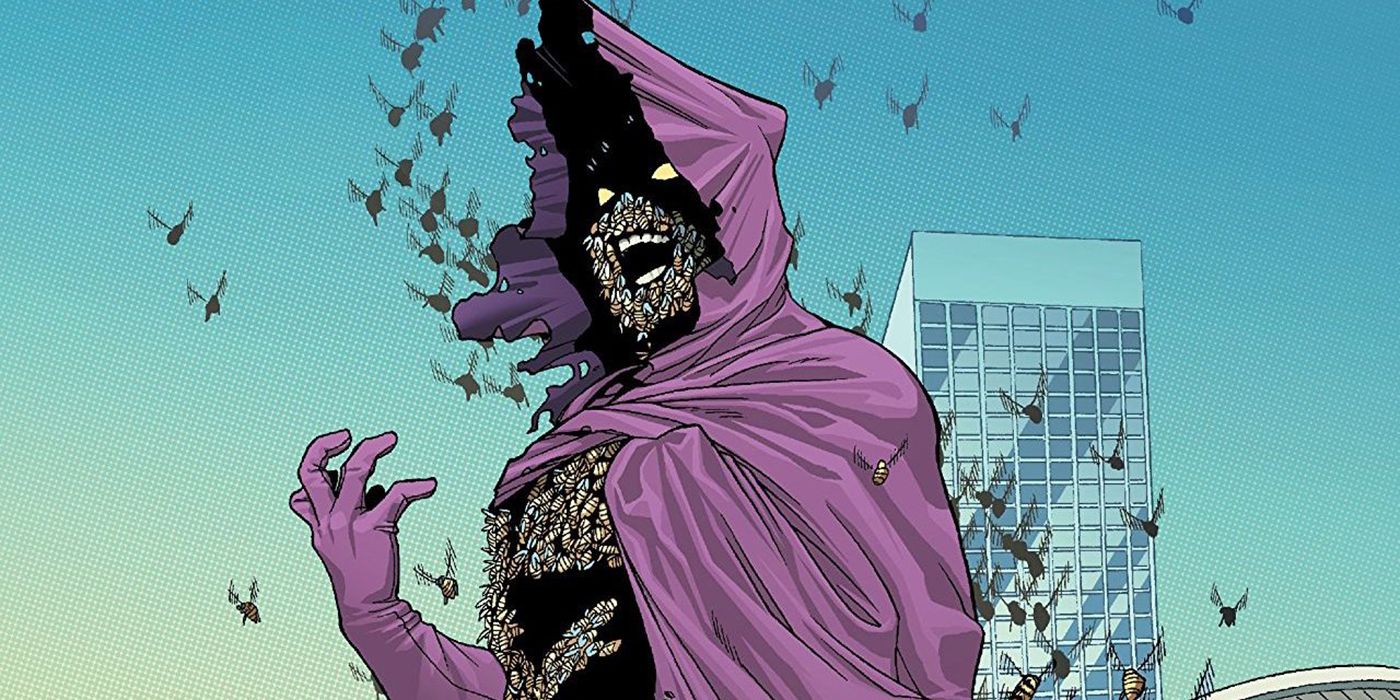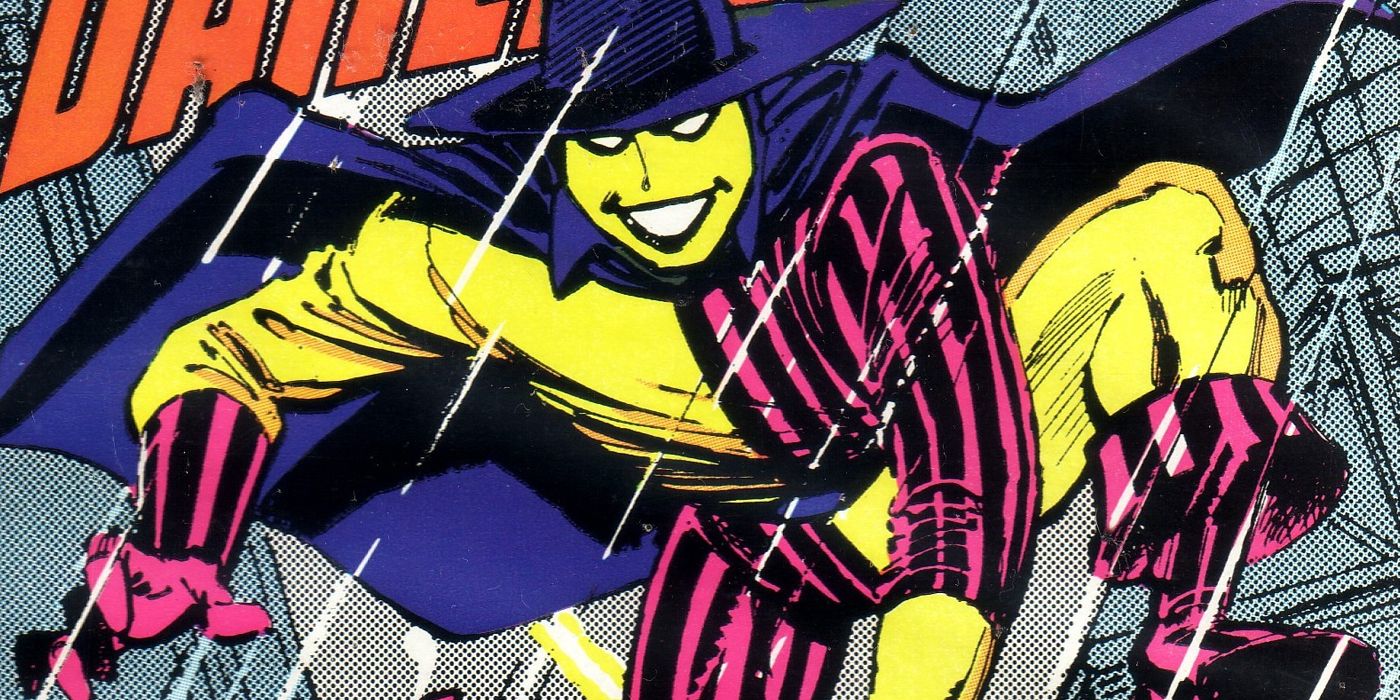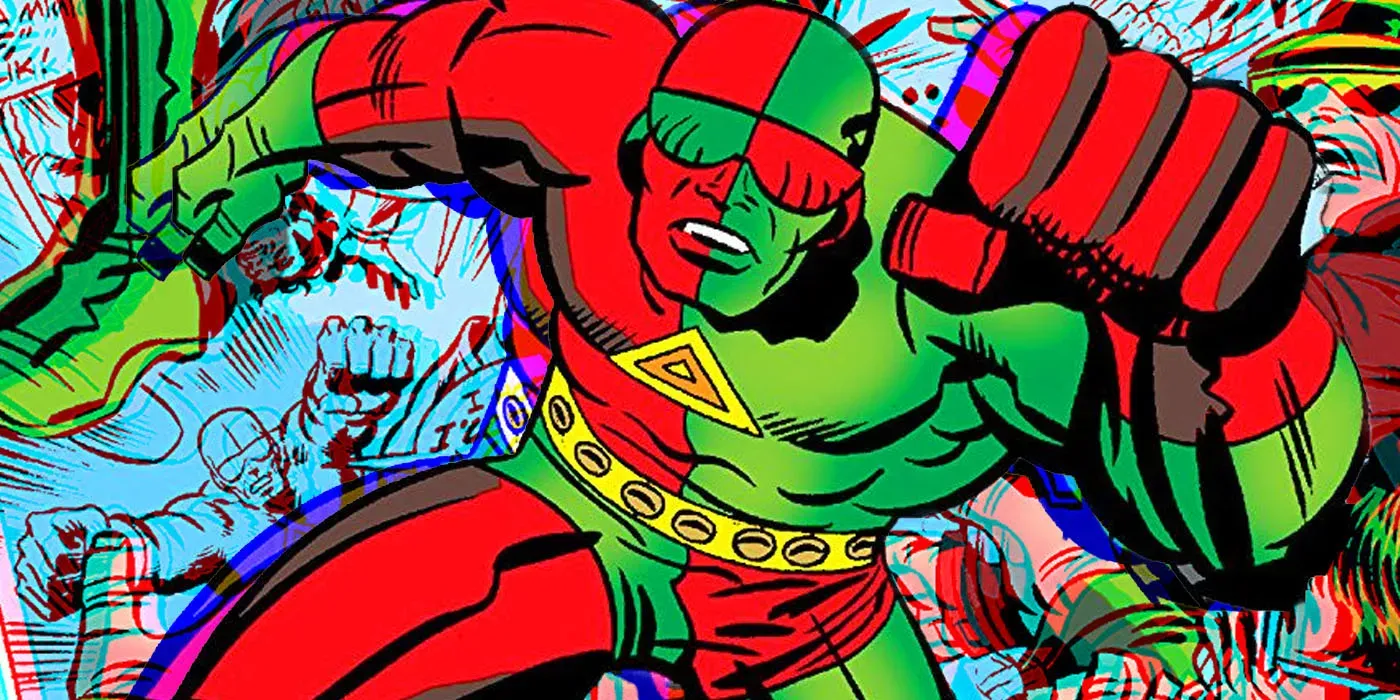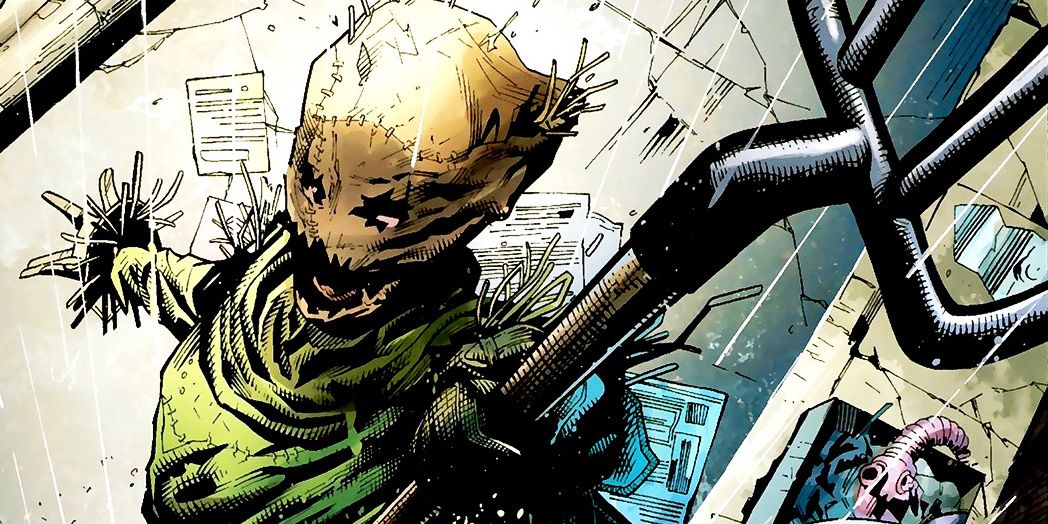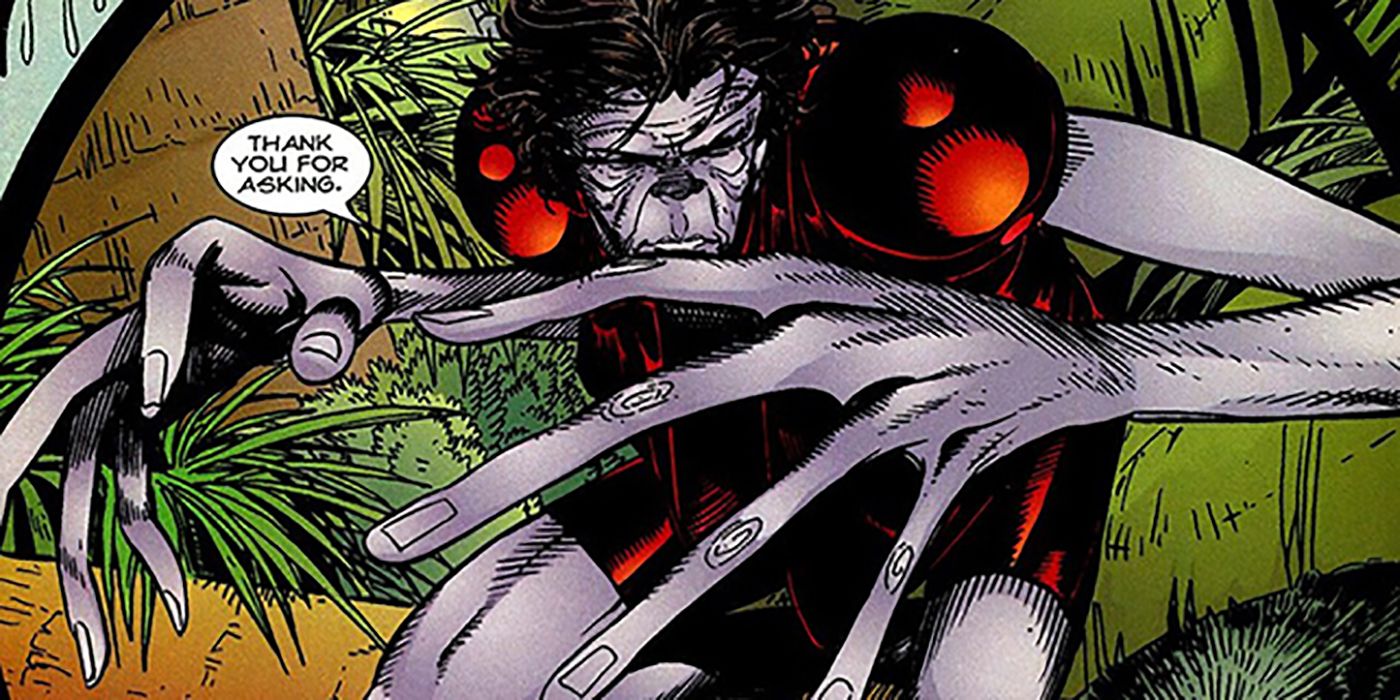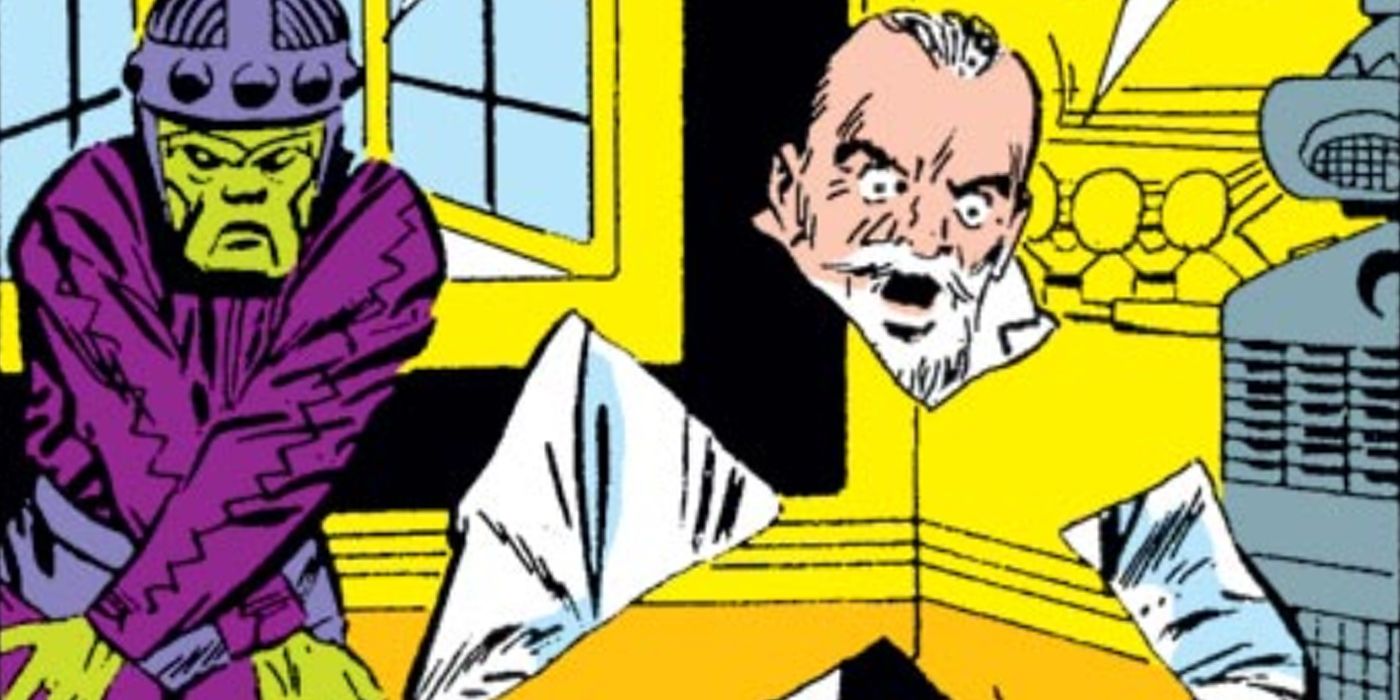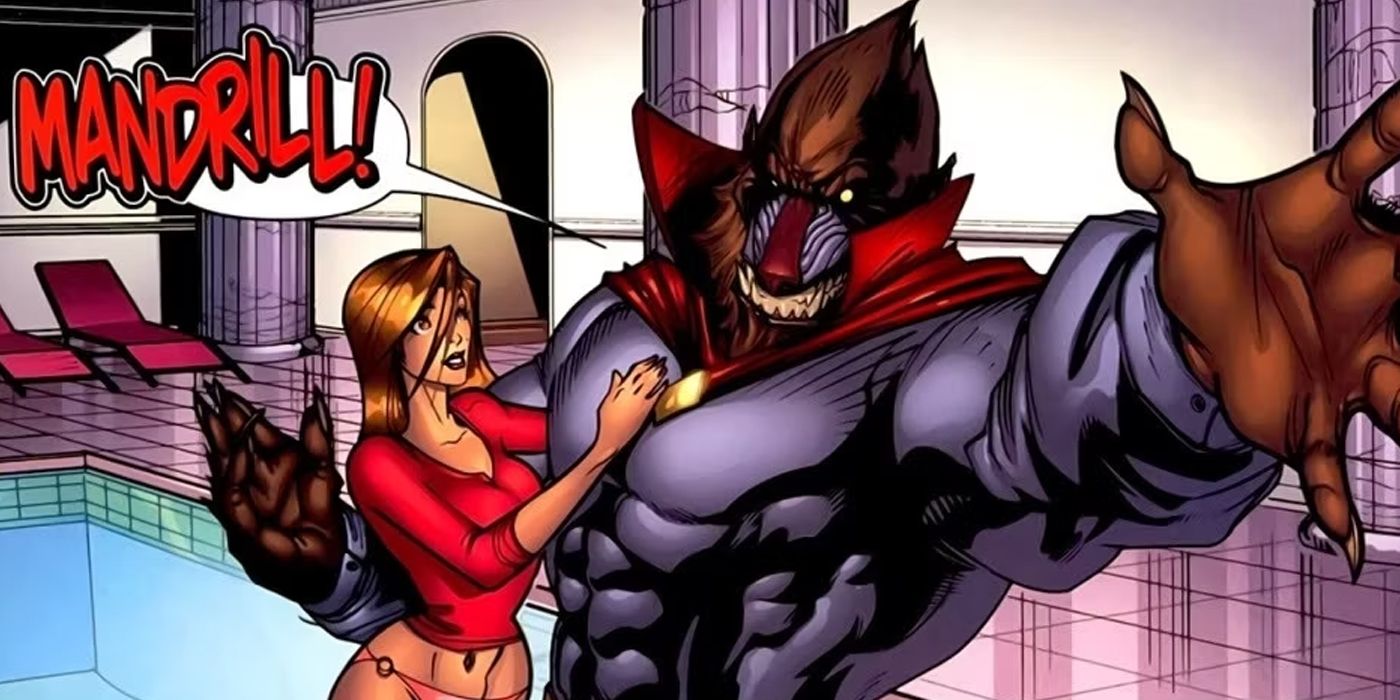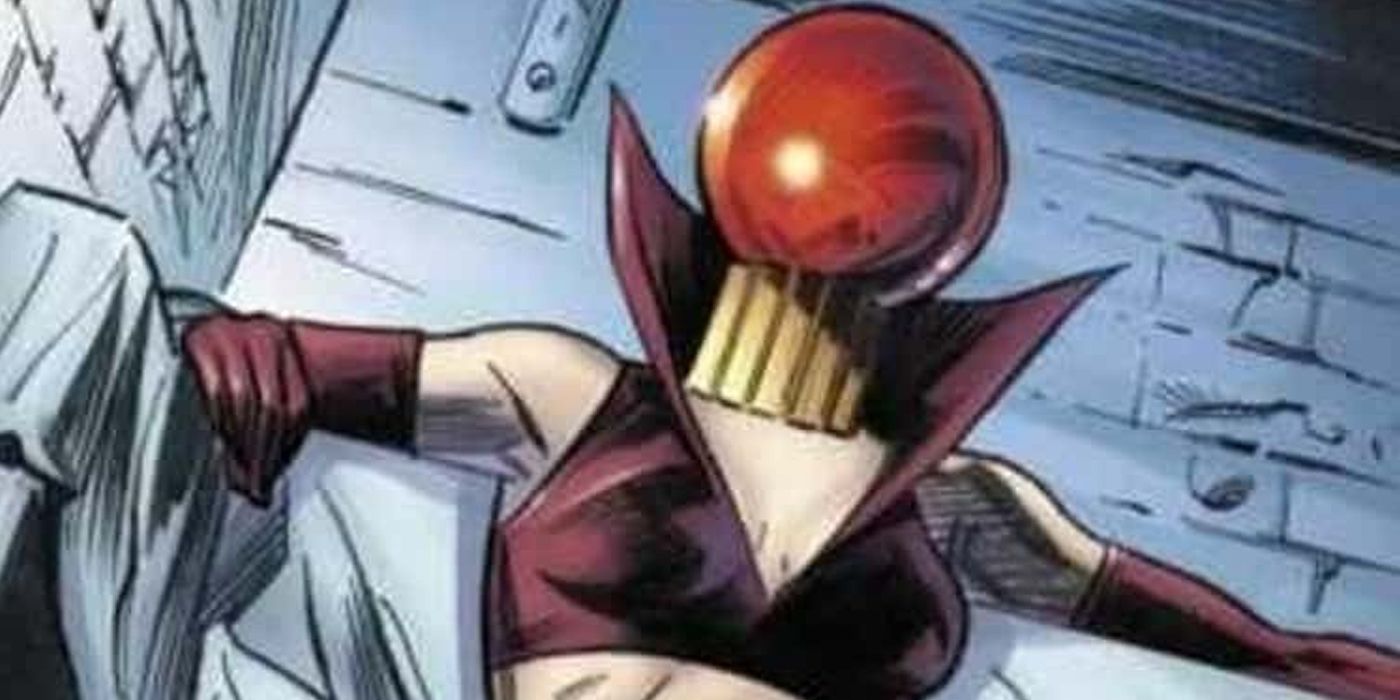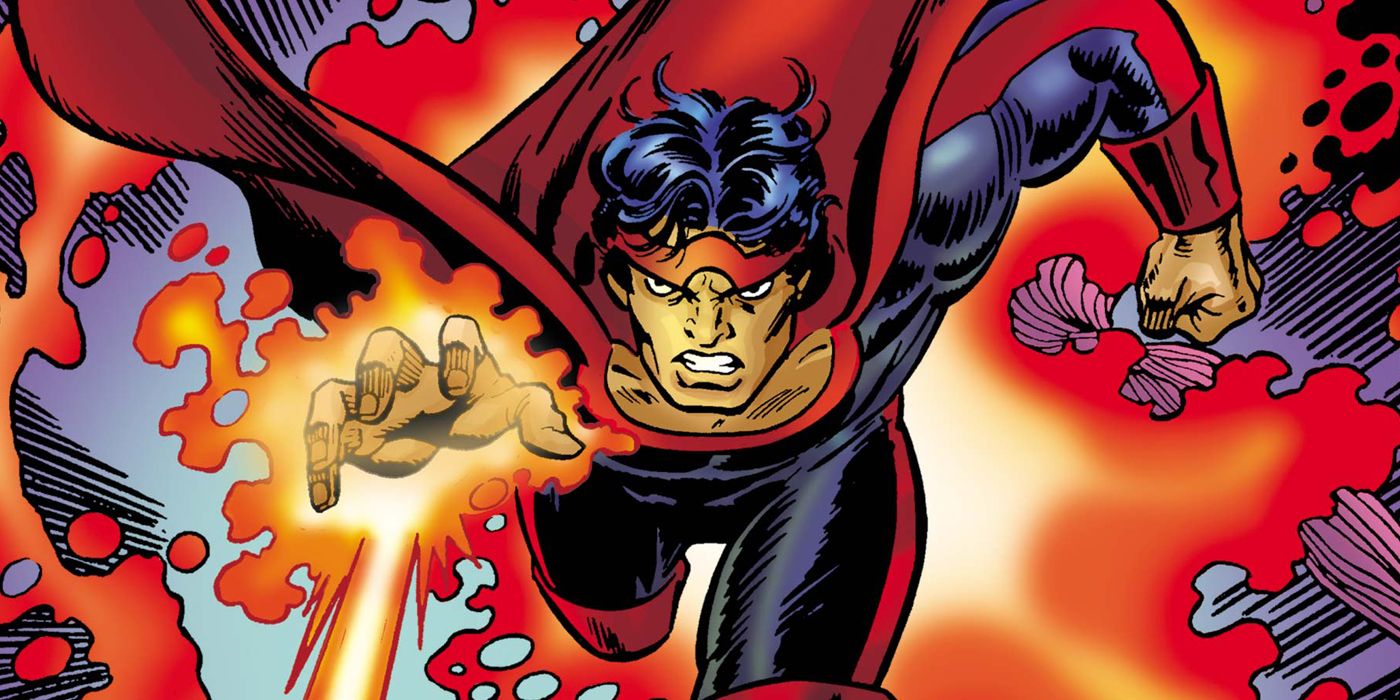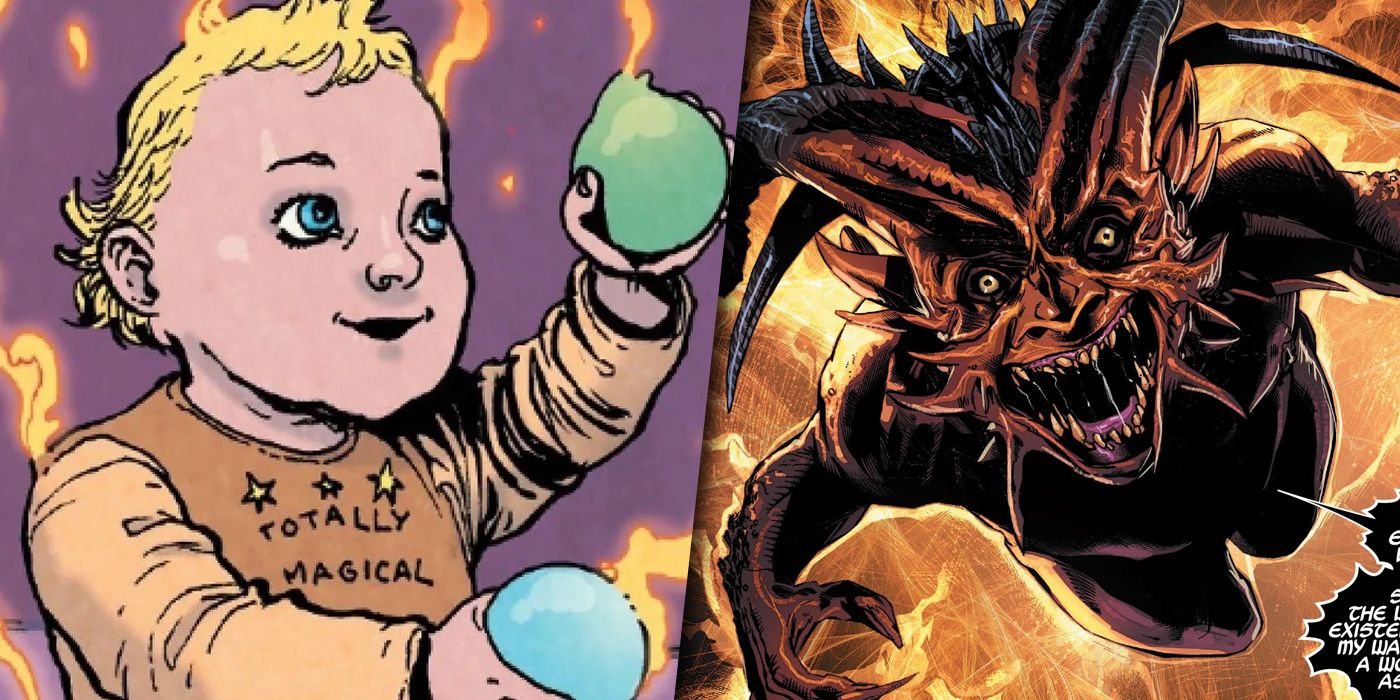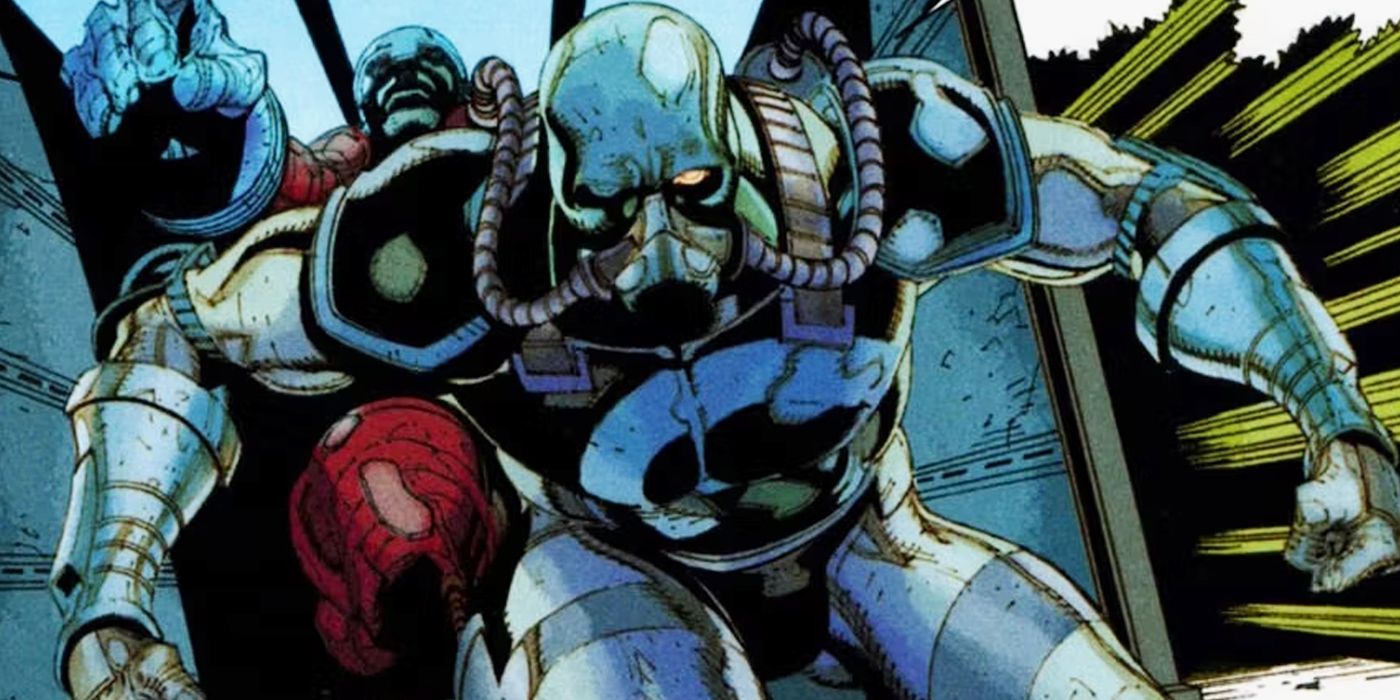The Marvel Cinematic Universe has introduced all types of strange characters into the live-action films and Disney+ series, often with unforeseen success. Clever easter eggs like Howard the Duck and fun characters like Rocket Raccoon and Baby Groot have won over moviegoers while surprising comic fans with their live-action success.
Marvel has quite a few obscure, strange, and weird characters who just wouldn't translate well to the big screen, unfortunately. These characters include heroes and villains with useless or disturbing powers and even ridiculous names. While the MCU has taken a chance with weird characters like Ant-Man, there are a few that might be too difficult to sell to fans.
Updated on June 11, 2023, by Scoot Allan: The upcoming release of the MCU's Secret Invasion series on Disney+ has fans wondering what obscure Marvel character might jump out of the comics next. Series like She-Hulk: Attorney-at-Law introduced a few characters like Leap-Frog into the MCU that fans never thought they would see in live-action. However, there are still quite a few Marvel heroes and villains who will likely never get their own spotlight outside of the comics – and for good reason.
25 Wundarr The Aquarian
First Appearance: Adventure Into Fear #17 (July 1973) by Steve Gerber and Val Mayerik
Writer Steve Gerber created a number of characters for Marvel before he left the company, resulting in a number of powerful but obscure characters. While Howard the Duck has made his way to the MCU, there are a few of his characters who might be too weird for the MCU. A good example is the Superman-pastiche known as Wundarr the Aquarian.
Wundarr was an infant when his parents sent him to Earth on a rocket to escape his home planet's destruction, though their prediction was flawed and Dakkam survived. Wundarr's rocket passed through cosmic rays, empowering Wundarr. When an encounter with a Cosmic Cube further increased his powers, he became known as the Aquarian before fading away into obscurity.
24 Hindsight Lad
First Appearance: New Warriors Annual #3 (March 1993) by Fabian Nicieza and Darick Robertson
The New Warriors debuted in the '90s as a team of youthful heroes that included characters like Nova, Firestar, and Speedball. However, the series also introduced a few new heroes who joined the team. Carlton LaFroyge was Robbie Baldwin's neighbor, and he discovered his secret identity of Speedball.
The young superhero fan blackmailed Baldwin so he could join the New Warriors. He became Hindsight Lad due to his "power" to learn from his past mistakes. LaFroyge joined the team to help out around their headquarters. While the New Warriors might one day get their chance to shine on the big screen, it's likely Hindsight Lad won't join the cinematic team.
23 Forbush Man
First Appearance: Not Brand Echh #5 (September 1967) by Stan Lee and Jack Kirby
One of the most obscure comic book superheroes also serves as Marvel Comics' somewhat forgotten unofficial mascot. Irving Forbush was originally a parody character who worked at Marble Comics before his Aunt Mayhem inspired him to become a superhero. He wore red long johns emblazoned with an F, a blue cape, and a cooking pot on his head to hide his identity.
Forbush Man eventually made his way out of the parody-heavy Not Brand Echh series into the established Marvel universe with a series of appearances over the years. He even appeared as a member of the New Paramounts alongside other Not Brand Echh characters in the pages of Nextwave. His somewhat murky canonicity might make his MCU debut incredibly difficult to pull off.
22 Elf With A Gun
First Appearance: Defenders #25 (April 1975) by Steve Gerber and Sal Buscema
Another strange creation from Steve Gerber carried out a series of murders in the classic Defenders series that launched an ongoing mystery that might be one of Marvel's weirdest running gags. A mysterious being originally known only as the Elf with a Gun used odd disguises to carry out his murders.
The Elf with a Gun committed his murders coincidentally near the Defenders, though they never met. The Elf with a Gun's original murder spree ended when he was hit and killed by a truck. His name was retroactively revealed to be Melf, and his nephew Relf later carried on the murders. The mystery behind the Elves with Guns was intriguing but they might be too dark for the MCU.
21 The Captain
First Appearance: Nextwave #1 (January 2006) by Warren Ellis and Stuart Immonen
Another potentially non-canon character from Nextwave that might not make an appearance on the big screen is the hero known only as the Captain. He formerly used another superhero codename, though it was allegedly so filthy that Captain America beat him up and threw him in a dumpster when he first heard it.
The Captain was a foul-mouthed nobody on a drunken bender when he met a pair of aliens who offered him a powerful artifact known as the Heartstar. He joined the anti-terrorist group known as Nextwave, though he returned to the bars after the team broke up. The Captain is a powerful and hilarious character, though he's not exactly family-friendly.
20 Armless Tiger Man
First Appearance: Marvel Mystery Comics #26 (December 1941) by Paul Gustavson
Gustav Hertz was an average German mechanic from the '40s until a machine accident cost him his arms. Most villains would likely build mechanical arms and seek vengeance from those responsible. However, Hertz trained himself to fight, sharpened his teeth to resemble razor-sharp fangs, and took the name Armless Tiger Man.
He then set off on a quest to destroy all machinery in Germany until the Nazis caught him and sent him to destroy machinery in America instead. Between the misplaced motivation to destroy machinery and his unique name, Armless Tiger Man doesn't have much going for him to appeal to live-action fans.
19 Slapstick
First Appearance: Slapstick #1 (November 1992) by Len Kaminski and James Fry
While dressed as a clown, Steven Harmon entered an interdimensional portal inside a funhouse. Harmon's molecules stretched across thousands of dimensions, and his body became a mass of unstable molecules that essentially turned him into a living cartoon character. Slapstick was invincible and could manipulate his body in ways that defied the laws of physics.
Much like Deadpool, Slapstick frequently broke the fourth wall. He has become a fan-favorite character, but the nature of his powers might not translate well to the big screen. Plus, Deadpool already holds the role of Marvel's eccentric fourth-wall breaker who can't die.
18 Doorman
First Appearance: West Coast Avengers #46 (July 1989) by John Byrne
DeMarr Davis was a member of the frequently rebranded Great Lakes Avengers with a unique connection to one of Marvel's most terrifying dimensions. He could become intangible, walk through walls, and create portals through solid objects for others to pass through as well.
After Doorman's death, Oblivion resurrected him to serve as an Angel of Death and gave him additional powers. He had the power of flight, teleportation, and the ability to create objects out of energy from the Darkforce Dimension. Doorman, like the rest of the Great Lakes Avengers, will likely never get their chance on the big screen.
17 Father Time
First Appearance: Blonde Phantom Comics #22 (March 1949) by Allen Bellman
The first Father Time was a WWII hero who fought with Captain America. The second was an Elder of the Universe who described himself as the Dispatcher of Destiny. His purpose was to commemorate significant events in the universe. This led him to collect legendary Americans and preserve them in another dimension.
Father Time kidnapped Captain America in the hopes that his disappearance would solidify Cap's standing as a legendary figure. Clint Barton added to his many costumed identities by masquerading as Father Time, which was one of the weird character's biggest moments. The MCU has enough patriotic-themed characters to focus on besides Father Time.
16 Swarm
First Appearance: Champions #14 (July 1977) by Bill Mantlo and John Byrne
Fritz von Meyer was a former Nazi scientist who studied mutated bees. The bees attacked von Meyer and consumed his body until there was nothing left but his skeleton. He should have died, but his consciousness merged with the bees and he took control to become Swarm.
As Swarm, he set off to wreak havoc on the human race. He faced quite a few enemies but considered Spider-Man to be his "natural" enemy. Swarm can manipulate his army of evil "Nazi Bees" and even further mutate them to reach incredible sizes. However, all it really takes to stop Swarm is insect repellant, which might not make him the best villain for the MCU.
15 Madcap
First Appearance: Captain America #307 (July 1985) by Mark Gruenwald and Paul Neary
The costumed anti-hero known as Madcap gained his abilities in an A.I.M. experiment gone wrong. He was the only survivor of a tour bus that was destroyed when A.I.M. attempted to eradicate a chemical compound in transit. Exposure to the compound transformed Madcap and gave him one of Marvel's most powerful healing factors.
Unfortunately, Madcap's survivor's guilt and disillusionment with reality led him to attempt to take his own life. His inability to do so due to his new healing factor further fractured his mind. His alternate power to inflict his mental status on others made him an even deadlier threat, though Madcap's confusing origins and intense motivations might still be too weird for the MCU.
14 3-D Man
First Appearance: Marvel Premiere #35 (April 1977) by Roy Thomas and Jim Craig
Two brothers named Charles and Hal Chandler became the first 3-D Man. Skrulls kidnapped Charles and Hal and brought them aboard their alien ship. While attempting to escape, a radiation blast seemingly killed him while his brother watched. However, the explosion imprinted a living 2-D version of Charles onto Hal's glasses.
Through intense concentration, Hal could temporarily reconstitute his brother as 3-D Man. During this time, Hal would slip into a comatose state while his mind connected to his brother's consciousness. 3-D Man is certainly an original concept, but not one that fans would be able to take seriously on the big screen.
13 Scarecrow
First Appearance: Tales of Suspense #51 (March 1964) by Stan Lee and Don Heck
Ebenezer Laughton was a professional contortionist and escape artist. During one of his performances, he helped Iron Man stop a robbery. Seeing how effective his talents were in combat, he decided to try his hand at crime. He adopted his new criminal identity of the Scarecrow and trained crows to help him with his endeavors.
Scarecrow developed a deep fascination with fear and eventually gained the ability to instill fear in others. He was also able to augment his strength, speed, and healing by feeding off fear. Scarecrow eventually became a disembodied spirit with the power to resurrect the dead and possess people. DC's more popular take on Scarecrow could shelve Marvel's much weirder version.
12 Skin
First Appearance: Uncanny X-Men #317 (October 1994) by Scott Lobdell and Joe Madureira
Angelo Espinosa discovered he was a mutant when his powers emerged after a car crash. Following the accident, Espinosa found he had as much as six feet of extra skin that he learned to control. His skin became discolored and far more resilient than normal.
When he wasn't stretching it or actively trying to control it, the extra skin hung limp on his body. The Phalanx Covenant targeted new mutant Espinosa, and he joined the first roster of Generation X. While fans have seen Mr. Fantastic and his own version of stretching on the big screen, the X-Men and their connected characters have a lot to introduce before Skin ever gets the spotlight.
11 Living Eraser
First Appearance: Tales to Astonish #49 (November 1963) by Stan Lee and Jack Kirby
Cutza was the first Living Eraser, and he worked for the Supremacy in Dimension Z. At the Supremacy's request, Cutza traveled to Earth to kidnap notable scientists. The Living Eraser used a device called the Dimensionizer to transport people between Earth and Dimension Z. He could swipe his arms across his target, rendering portions of them invisible.
The Living Eraser could only transport his targets to Dimension Z once they were fully invisible, which made it appear as if he was erasing them from reality. While the effect looked amazing in the comic books, it likely wouldn't have the same effect with live-action characters in the MCU.
10 Mandrill
First Appearance: Shanna, The She-Devil #4 (June 1973) by Carole Seuling, Steve Gerber, and Ross Andru
Mandrill is a formidable foe in the comics, but hopefully, not one that will show up in the MCU. Jerome Beecham had the appearance and strength of an actual mandrill, which caused him nothing but pain and ridicule as a child. His father abandoned him when he was only ten, which gave him a hatred of American ideals and a burning desire to seek vengeance from his parents.
Beecham's mutant powers later emerged, which gave him the ability to control women with his released pheromones. Mandrill used his gifts to raise multiple all-female armies for the purpose of overthrowing nations and punishing his parents for the pain they had caused him. Mandrill's problematic abilities made him one of Marvel's most unlikable villains, limiting his MCU potential.
9 Ruby Thursday
First Appearance: Defenders #32 (November 1975) by Steve Gerber and Sal Buscema
Thursday Rubinstein was a brilliant scientist who decided the best use of her intellect would be to replace her head with an orb of malleable organic circuitry. She became Ruby Thursday and joined the group of villains aptly named the Headmen to take on the Defenders. Ruby's computerized head could shapeshift into virtually anything from weapons to a pair of wings.
While Ruby Thursday could make her head appear like a human head, she opted for more memorable shapes like her standard orb or a giant pair of lips. Ruby could detach her head from her body, grow up to eight tentacles out of her head, or even make it explode into concussive blasts of force. Her unique design might be a bit too much for the MCU.
8 Omega The Unknown
First Appearance: Omega the Unknown #1 (March 1976) by Steve Gerber, Mary Skrenes, and Jim Mooney
One of Marvel's weirdest and most confusing characters is Omega the Unknown. He debuted in his own short-lived series before fading into obscurity. Omega was an alien construct known as Model X3Z that malfunctioned and destroyed his planet. When it arrived on Earth, Omega discovered a mysterious connection to young James Michael-Starling.
Starling and Model X3Z were both prototypes of an advanced alien civilization. Both Model X3Z and Starling had access to Omega's incredible energy powers. However, after Model X3Z's death, Starling's powers increased before he disappeared. While James Michael-Starling recently reappeared in Marvel's Darkhold, it likely wasn't to hype the odd character up for his MCU debut.
7 Laussa Odinsdottir
First Appearance: Angela: Asgard's Assassin #1 (February 2015) by Kieron Gillen, Marguerite Bennett, Phil Jimenez, and Stephanie Hans
Laussa Odinsdottir is Thor's younger sister and one of the few children of Odin not hidden or cast out of Asgard. The Asgardian princess was conceived in a realm between dimensions that also contained the last of Surtur's essence. She developed incredible fire powers and a demonic form due to the influence of one of Marvel's most powerful gods.
Thor's other sister Angela threw the child into Heven's furnace, which burned out most of Surur's essence. However, she continued to exhibit signs that Surtur's power could resurface. It could be difficult to write her into the MCU without Frigga, and the visual of an innocent baby turned into a demonic ball of fire might not work as well in live-action.
6 Blue Streak
First Appearance: Captain America #217 (January 1978) by Roy Thomas, Don Glut, and John Buscema
Sometimes, all that's needed to be a supervillain is a pair of skates. Don Thomas was a member of a criminal organization called the Corporation. He managed to infiltrate the ranks of the S.H.I.E.L.D. Super-Agents where he received training from the Falcon. What set the Blue Streak apart from other villains was his mechanized suit.
The suit featured lasers and a set of rocket-powered skates that could reach speeds of 125 miles an hour. Even after Justin Hammer agreed to sponsor him, he still went around robbing banks on a pair of skates. Thomas even created a gang of rollerskating criminals called the Fast Five. However, his roller-blading gimmick might be better left in the comics.

